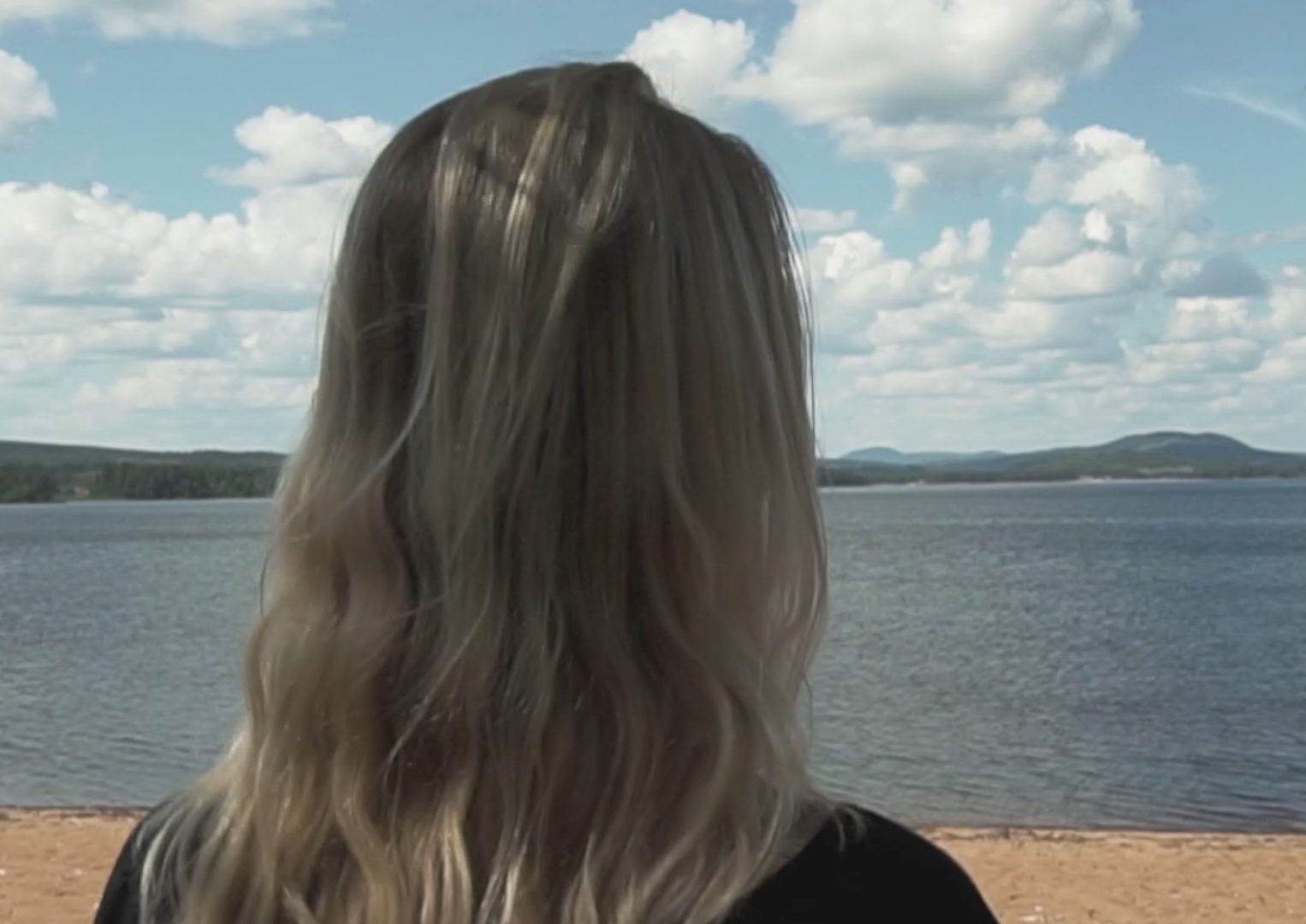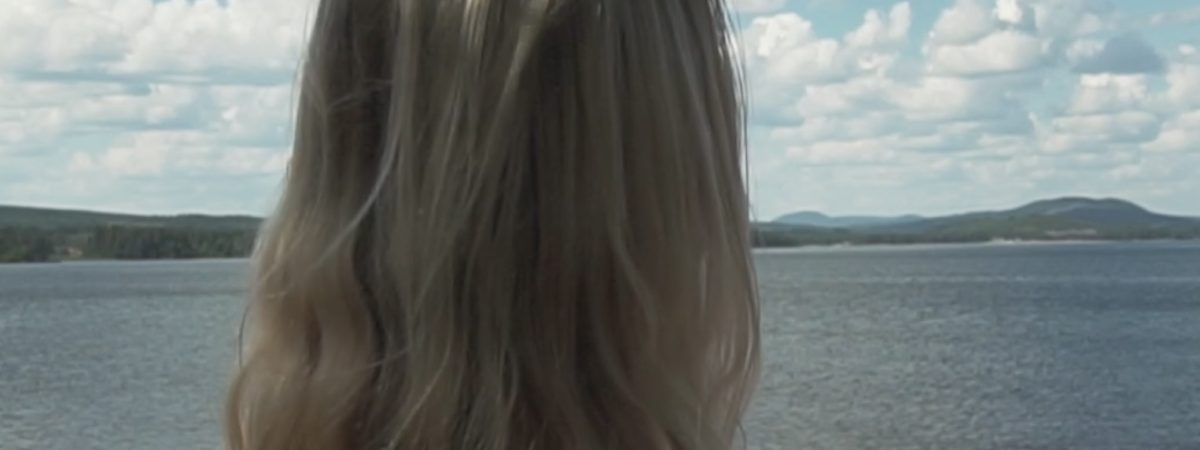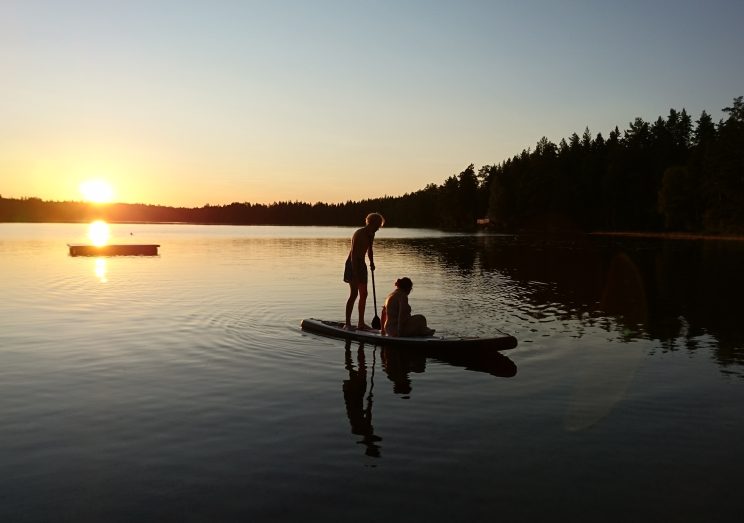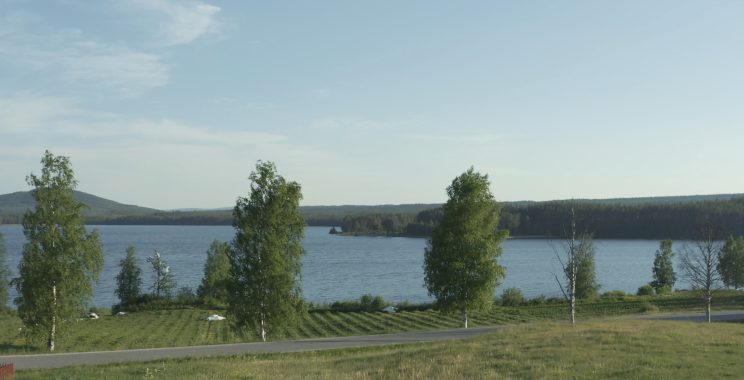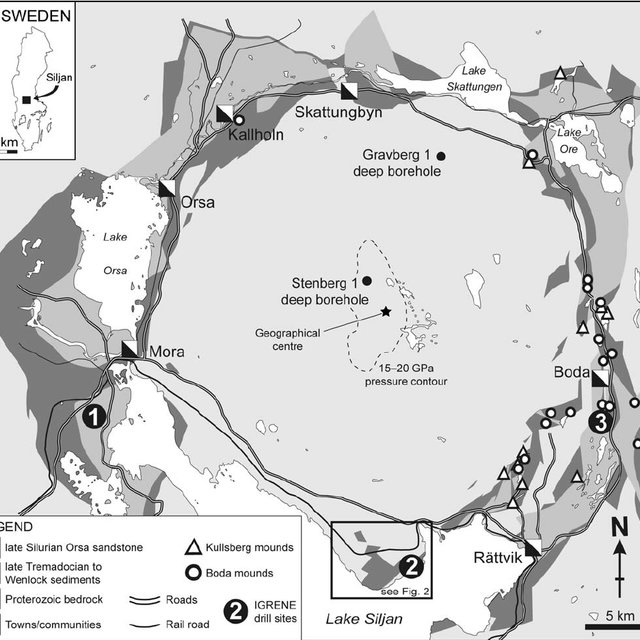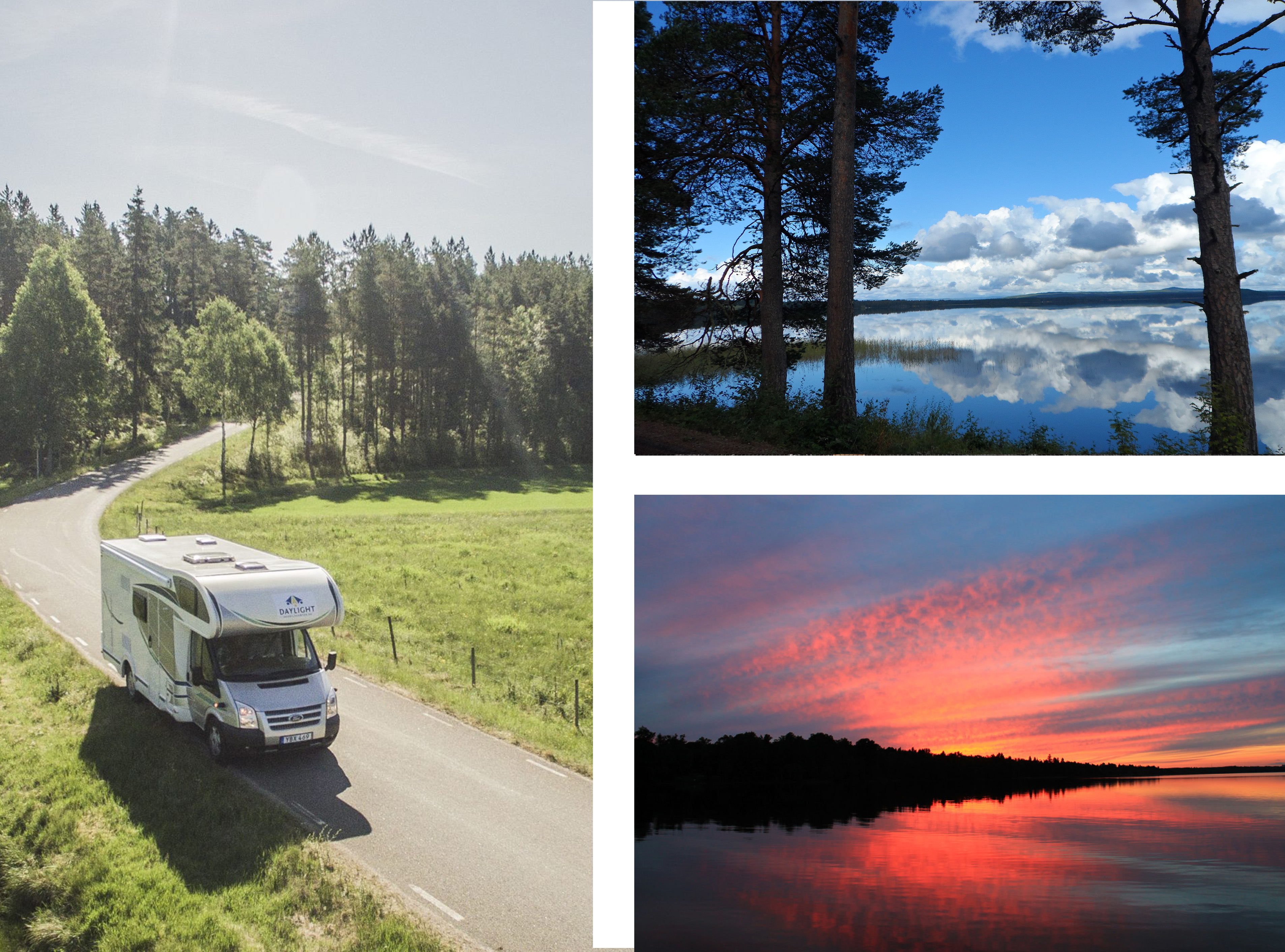Don’t rush, take it easy
My first rule before taking the 3 day trip from Stockholm, is that I will relax and not rush anything. 3 days is not enough for chasing destinations, but plenty for a calm lake getaway. I spent my short break at Swedish lakes and islands, and it was a fantastic slow travel adventure. The slow travel approach encourages travelers to immerse themselves in the uniqueness of a place.
As a traveler, choosing a nice trip to an area you want to explore might seem hard. But, as a slow travel aficionado, I always look for authentic and off-the-beaten-path experiences. You are probably also curious at heart and you also believe that the “sum of small joys along the way is part of the travel experience”.
My advice is, don’t travel too far
Sometimes we have an ambitious itinerary and want to see and do as much as we can. In reality, what we are looking for is much closer than we think. If you plan to spend 3 days on a trip, I recommend you visit at least a lake and one or two island. They are very underrated. If you are spending a longer time, then rent a motorhome and explore even more lakes and islands. In most cases, you can find an island in the bigger lakes.
I once had a friend who wanted to travel from Stockholm in a motorhome to the north of Sweden in three days. Apparently, they had spotted some nice lakes up north. Considering that the drive will take them at least two days, and they also had plans to do some lake fishing and swimming, I tried to persuade them to look for a lake in the center or south of Sweden instead.
Spend your time to get to know the lake and island you plan to visit
There are plenty of lakes and islands to choose from, some are more unique than others. It all depends on your expectations.
Usually, the smaller lakes might be a better option if you are looking for accessible fishing waters. Then again, to just linger about in the boat with a fishing rod surrounded by only water is also a fantastic experience. It is not about the end, but the journey itself. In addition, the bigger lakes can be more fun, as traveling around it is an adventure of its own.
The challenge is to pick a lake based on what you want to experience. Below is a list of some lakes that are worth going to. The ones in the south are easier to reach.
Short breaks: Unique Swedish lakes and islands to enjoy in the south and center of Sweden
- Stockholm is located at the lake Mälaren’s outlet into the Baltic Sea. Mälaren is Sweden’s third largest lake after Vänern and Vättern. It stretches through the provinces of Västmanland, Uppland and Södermanland. The landscapes in and around lake Mälaren is classified as of national interest. There are several islands, among them you will find the island Selaön. It is the biggest lake island in Sweden.
- On the shores of Jönköping, you have lake Vättern. It is the second largest lake in Sweden, as well as one of the deepest lakes (with a max depth of 120m). Here you will find the popular island Visingsö.
- In the region of Västra Götaland (the capital is Gothenburg), you have lake Vänern. It is the third largest lake in Europe, biggest in Sweden. There are 22,000 islands, islets and skerries in the lake. From Vänern, you are also close to the Swedish West Coast with stunning coastline and islands. In addition, you can combine the lake trip with a visit to the beautiful region of Dalsland.
- Visit lake Åsnen. It is a beautiful nature site not far city of Växjö. Åsnen is a unique lake archipelago with more than a thousand islands. It’s Sweden’s youngest national park with valuable and unique natural environments.
- Lake Bolmen, which is a few miles west of Åsnen, is a lake where you can find Småland’s largest island, Bolmsö.
- Lake Siljan in Dalarna (the center-south of Sweden) is also a deep lake with it being 134m in depth. Lake Siljan is part of the Siljansringen (the ring of Siljan), which is the largest impact crater found in Europe. Siljan only occupies part of the crater ring, but is still one of Sweden’s most beautiful lakes. See photo below:
Longer holiday: Relax by Swedish lakes and explore islands in Lapland
If you have more time and are prepared to travel further north to Lapland, you will find some truly astonishing lakes. In regards to islands, you can find many on your way northbound.
Sweden has almost 270,000 islands. Most are in Norrbotten county, followed by Stockholm and Västra Götaland counties. Of all the islands in Sweden, 38 percent are sea islands. The municipality of Arjeplog is the municipality in the country that has by far the most lakes (4,700). Next comes the municipality of Strömsund in Jämtland County (2,900).
For example, in the municipality of Arjeplog you will find the Swedish lake Hornavan, measured up to 228m in depth. This is far deeper than the most southern lakes.
Up north you can also find lakes that are situated on a quite high altitude. Swedish mountains are not extremely high, but you can find mountain lakes that are over 1000 meters above the sea level. Such as, Gaskkasjárvi, Kaskasajaure or Svarta sjön lake. They are on average 1448 meters above sea level. Vettasjärvi another lake that is in the River Kalix main catchment area, which has high altitude. By the way, the River Kalix is one of the four major rivers in Norrland. It is one of the few northern rivers free from water power construction and plants.
A river catchment area, also known as a watershed or drainage basin, is the geographic area of land that drains water into a particular river, stream, lake, or other body of water. When rain falls or snow melts within this area, the water flows downhill, eventually collecting in the main water body. The boundaries of a river catchment area are typically delineated by the highest points of elevation, such as ridges or peaks.
